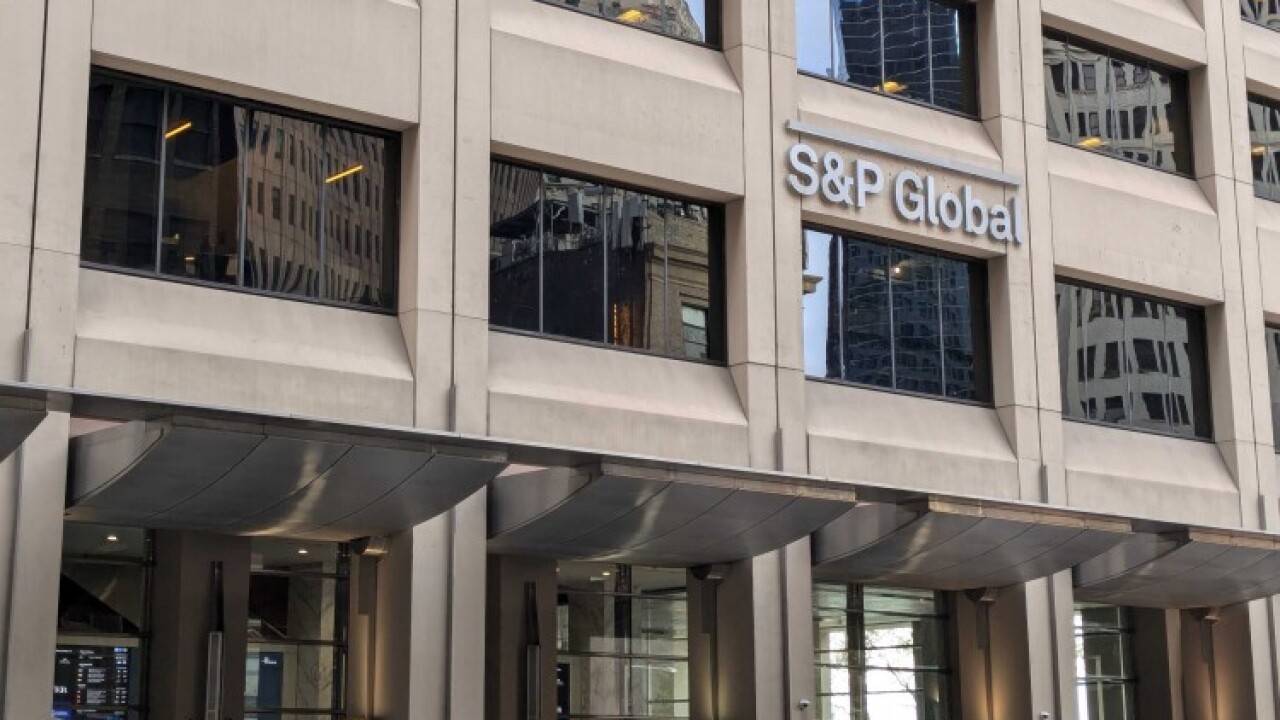
An open house Gov. Andrew Cuomo hosted in New York Thursday to unveil the new
So much for the new line alleviating congestion.
Under Cuomo's intense prodding, the Metropolitan Transportation Authority expects to open the line, nearly 100 years in the making and for which bonds were initially approved in 1929, with a Dec. 31 ceremony and Jan. 1 public opening.
"Even if we have to push the train down the track, that train is going to run Jan. 1," Cuomo said before hundreds of officials, media, hardhats and hangers-on.
The line is intended to alleviate crowding along the No. 4, 5 and 6 lines north-south Lexington Avenue corridor. The first phase will add four stations: the renovated Lexington Avenue and 63rd Street stop which loops in the Q line, and brand new stops at 72nd Street, 86th street and 96th Street.
Project cost is roughly $4.5 billion, funded through the MTA's capital program along with federal and state money. The MTA, a state-run agency that operates New York City's subways, buses and regional commuter rail, plus several intraborough bridges and tunnels, is a large municipal issuer with roughly $37 billion in debt.
The authority has yet to release overtime costs related to the 11th-hour push. Crews the last two months have worked around the clock to finish and test systems such as fire alarms and elevators.
If it is ever fully completed, the full Second Avenue line would stretch 8.5 miles along the East Side, from 125th Street in Harlem to Hanover Square in lower Manhattan. There are no concrete plans to fully fund the second or third phases of the project.
According to the MTA, the New York City Board of Transportation in 1929 approved $86 million in bonds for a Second Avenue line from Houston Street to the Harlem River. That October, the Wall Street stock market crashed.
"There have been fits and starts ever since," said Cuomo.
Elevated lines on Second and Third avenues came down in 1942 and 1956, respectively, in anticipation of the subway, "except they forgot to build a subway on Second Avenue," said the governor.
Such events as the Great Depression, World War II and New York City's mid-1970s financial crisis interrupted the project. Complaints from Upper East Side residents and businesses about night work delayed it even further. The MTA revived it in its current form in 1995.
The MTA has scheduled an open house for Friday at the 96th Street stop, which features Sarah Sze's "Blueprint for a Landscape" mural.





